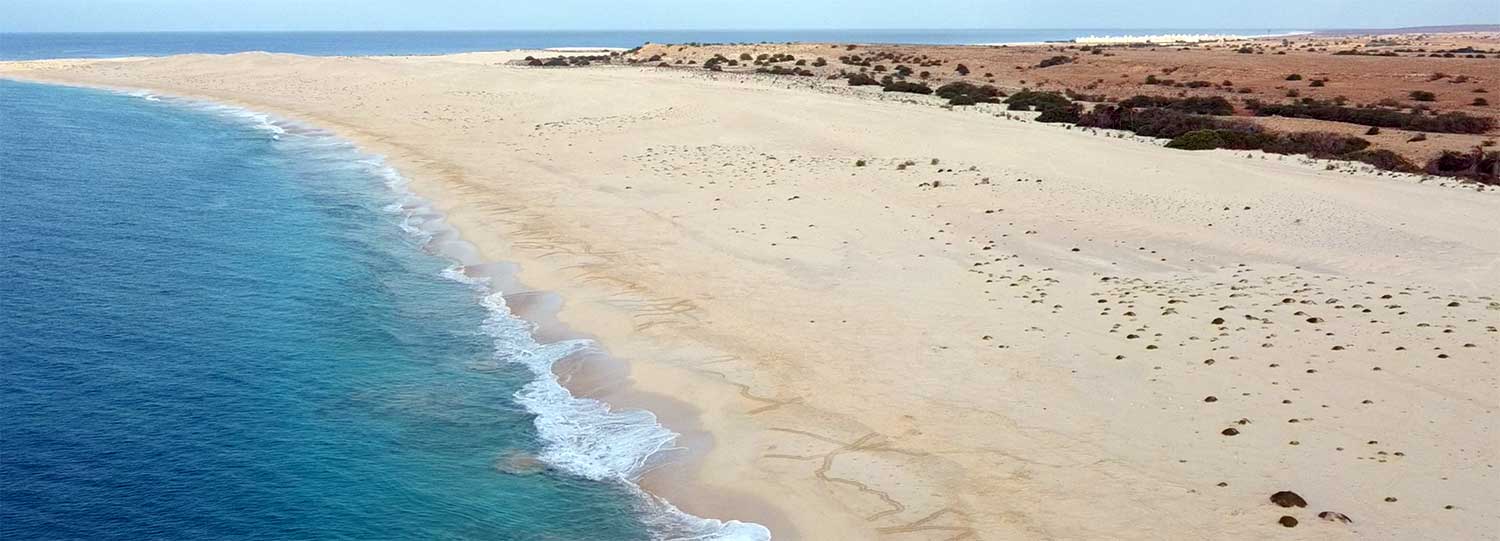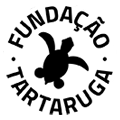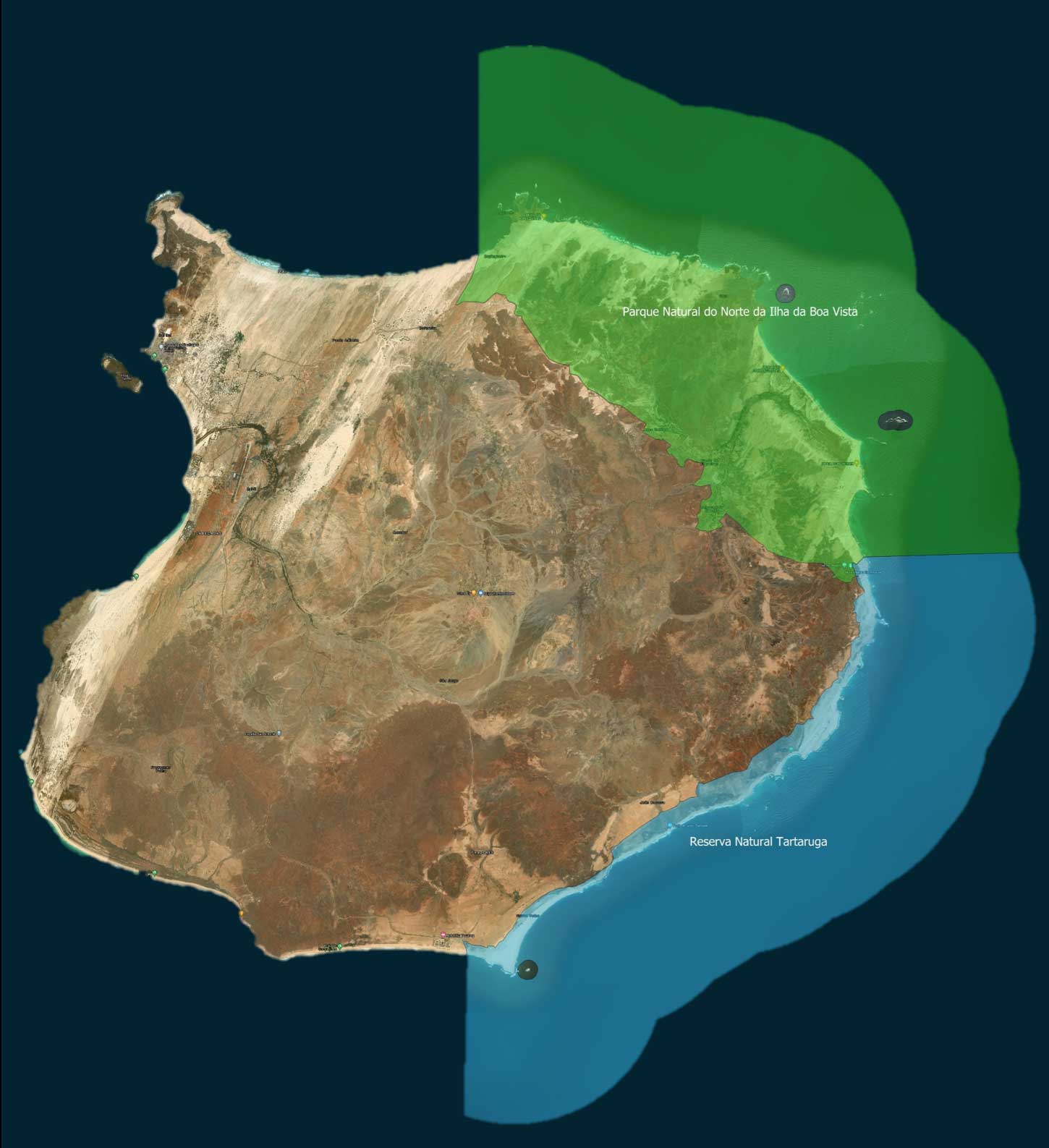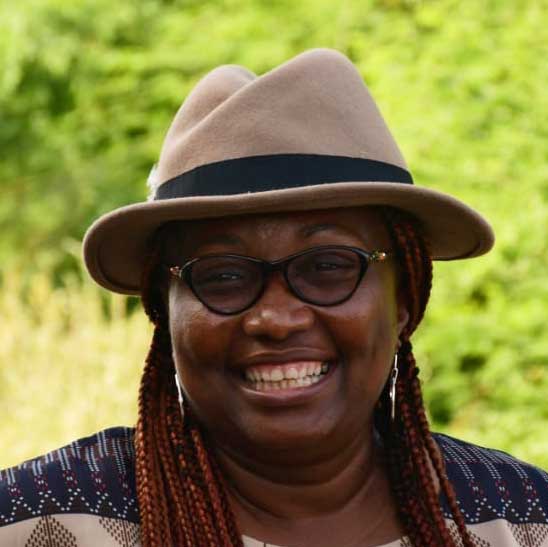
Community-based biodiversity assessment and continued protection of an endangered population of nesting sea turtles in two protected areas
Partners:


Medium Grant
Goal
Our overall goal is to make an important contribution to the conservation of biodiversity on Boa Vista/Cabo Verde through species recovery, knowledge and awareness increase and involvement of the local communities.
Timeline
June 2023 – December 2024
Outcome 1: Continue the protection of a globally important loggerhead turtle nesting site.
In the 2023 season with support from BIOPAMA and other donors, Fundacao Tartaruga, Bios.CV and Cabo Verde Natura 2000 managed to achieve the following results within the two protected areas:
Poaching:
We recorded only 16 poached turtles in these two protected areas. This represents a poaching rate of only 0.1% of the entire population of nesting turtles who visited this area this year (based on an average of 5 nests per individual). Our target indicator value was to have <50 poached turtles in the 2023 season, so we are delighted with this result.
Turtle Rescues:
This year we recorded 368 turtles rescued and safely returned to the sea out of a total of 398 turtles recorded as found unable to return to the sea. The percentage of turtles rescued as a proportion of all those reported as lost was 92.5%, far exceeding our target of >50%.
Patrols:
Every day from June until October, the nesting beaches were patrolled at night by rangers and volunteers from 20:00 until around 6:00 the following morning. The main objective of this is to reduce the risk of poaching events and to also collect data on the nesting females as the turtles only nest at night. Night patrols were performed over 42km of turtle nesting beaches from June until October 2023.
Every morning, census patrols were also conducted over 42km of nesting beaches to record all nesting activity and look for any lost, poached or trapped turtles.
Camp operation:
7 camps were in full operation in the two protected areas this year. There were three in Parque Natural do Norte: Canto, Cruz do Morto and Porto Ferreira and four in Reserva Natura de Tartaruga: Ervatão, Joao Barrosa, Curral Velho and Lacacão.
Employment of local community members:
This project employed 36 rangers in the two protected areas and this was matched by a further 81 rangers, drivers, cooks and coordinators funded by other donors plus 183 national and international volunteers.
Dog and Drone team:
The dog and drone team completed a total of 122 missions throughout the season with an average of 4.7 people present on each mission.
This equated to 573 man days, which exceeded our target of 210 man days (number of people participating in each mission X number of missions).
Missions with the dogs: 49
Missions with the local police force: 31
Total number of flights: 206
Use of drones in sea turtle conservation:
A 5-day workshop was conducted in June and July of 2023 which had 8 participants, 2 from each NGO plus 2 from the ministry of environment. It was led by Adilson Monteiro Ramos (Dog and Drone team coordinator) and Emilio Landin (Drone Pilot). This is the first workshop of its kind led by Cabo Verdeans.
It was very successful with positive feedback received.
The people who were trained in this workshop started to support our morning censo surveys with the use of drones. Due to logistical reasons, this activity only started in September but it is an activity that we plan to continue and develop into the future.
Data collection:
We have collected extensive data about the nesting turtles with the main indicators being:
- A total of 70,481 nests were recorded
- A total of 12,946 turtles were tagged or monitored
This means that 18.4% of all turtles that nested were monitored. Monitoring includes collecting biometric data such as the carapace length and width, PIT tagging the turtle and recording any anomalies.
Outcome 2 : Collect baseline data on the species, habitats, ecosystems, resources and pressures present in the PAs and increase knowledge and awareness of local people concerning the PAs.
In January – February 2024 we completed four weeks of intensive biodiversity monitoring training lead by international biodiversity consultant Dr Dario Cesarini and supported by Dr Andrea Brusaferro.
The training was attended by 11 Cabo Verdeans who all completed the course. The training was divided into theory lessons in the held Ministry of Agriculture and Environment and reinforced by practical excursions in the focal PAs.
We now have 6 different biodiversity monitoring protocols which will be implemented over the next 4 months until the beginning of the turtle season. Each method is focussed on an invasive, endemic, non-native or endangered species or on monitoring effects of climate change or human pressures.
We hope to collect data to have an idea of the current state of these aspects of the PAs.
Outcome 3: Improve the livelihoods of local community members through direct employment as rangers by improving the capacity of local farmers to grow climate resilient crops.
Outcome 4: Increase in awareness and recognition of the PAs nationally and internationally.
Background:
Cabo Verde has 47 Protected Areas.
Boa Vista is home to 14 of these.
IMET
In October 2021, Fundacao Tartaruga organised a weeklong workshop to evaluate the management of the two largest protected areas on the island: Parque Natural do Norte and Reserva Natural da Tartaruga. An Integrated Management Effectiveness Tool (IMET) was used to complete an in-depth assessment on these two protected areas. Fundacao Tartaruga has four turtle conservation camps located in these two PAs and relentlessly works against mitigating the impacts of various threats and pressures facing turtles and their habitats.

Read the report on the IMET workshop:
Assessing the effectiveness of management of the Turtle Reserve and the Nothern Nature Park using IMET

Parque Natural do Norte
The Parque Natural do Norte is the protected area with the largest surface area on the island of Boavista, this protected area covers an approximate surface area of 22,047.00 ha (8,910.00 terrestrial and 13,137.00 marine). The basis for its declaration was to accompany the conservation of natural values (presence of turtle nesting areas, presence of avifauna of interest, mainly birds of prey and steppe birds, and geomorphological and landscape features) with the socioeconomic development of local populations, by enhancing traditional activities.
Reserva Natural de Tartaruga
The Reserva Natural de Tartaruga forms a large area (1,439 ha) that covers the coastline and an inland section parallel to it, along the entire eastern and southern flank of the island, from the base of Moro Negro to Cruzinha Brito Beach. It also encompasses an important marine area, with 13,436 ha, along its entire coastal area which corresponds to three nautical miles. The Turtle Nature Reserve was declared with the aim of conserving the beaches as turtle nesting areas, the wetlands and salt lands important for wading and migratory birds and the seabird colonies of Ponta do Roque and the cliffs of Morro Negro
This process gathered stakeholders from different organisations to look in depth at the Protected Areas and how we can improve them. This process was lead by Bertille Mayen from BIOPAMA.
Together with key members of the community we gathered information regarding the law and policies related to the protected areas, identified the resources they have available, identified the key species, habitats, ecosystem resources and pressures on each PA, analysed and evaluated their outputs and products and identified which areas need to be addressed in order to improve the management and sustainability of them. We also evaluated the needs and demands of the local communities living in and around the protected areas.

We identified that the PAs lack financial resources and personnel and also a lack of data regarding biodiversity and climate change monitoring.
One reoccurring message throughout the process was the stark lack of information readily available regarding the PAs. Only 7 of the 47 Protected Areas registered in Cabo Verdean law are registered on the World Database of Protected Areas (WDPAs). Without international recognition it is difficult to obtain the necessary resources including financial, technical and personnel in order to ensure the PAs are managed effectively.
See a summary of our analysis here:
Disclaimer
This website has been produced with the financial assistance of the European Union and the Organisation of African, Caribbean and Pacific States through the BIOPAMA Programme. The contents of this document are the sole responsibility of Fundacao Tartaruga and can under no circumstances be regarded as reflecting the position of the European Union nor of the Organisation of African, Caribbean and Pacific States.
About BIOPAMA The Biodiversity and Protected Areas Management (BIOPAMA) programme aims to improve the long-term conservation and sustainable use of natural resources in African, Caribbean and Pacific (ACP) countries, in protected areas and surrounding communities. It is an initiative of the Organisation of African, Caribbean and Pacific States financed by the European Union’s 11th European Development Fund (EDF), jointly implemented by the International Union for Conservation of Nature (IUCN) and the Joint Research Centre of the European Commission (JRC). Building on the first five years of activities financed by the 10th EDF (2012-2017), BIOPAMA’s second phase provides tools for data and information management, services for improving the knowledge and capacity for protected area planning and decision making, and funding opportunities for specific site-based actions. www.biopama.org








































